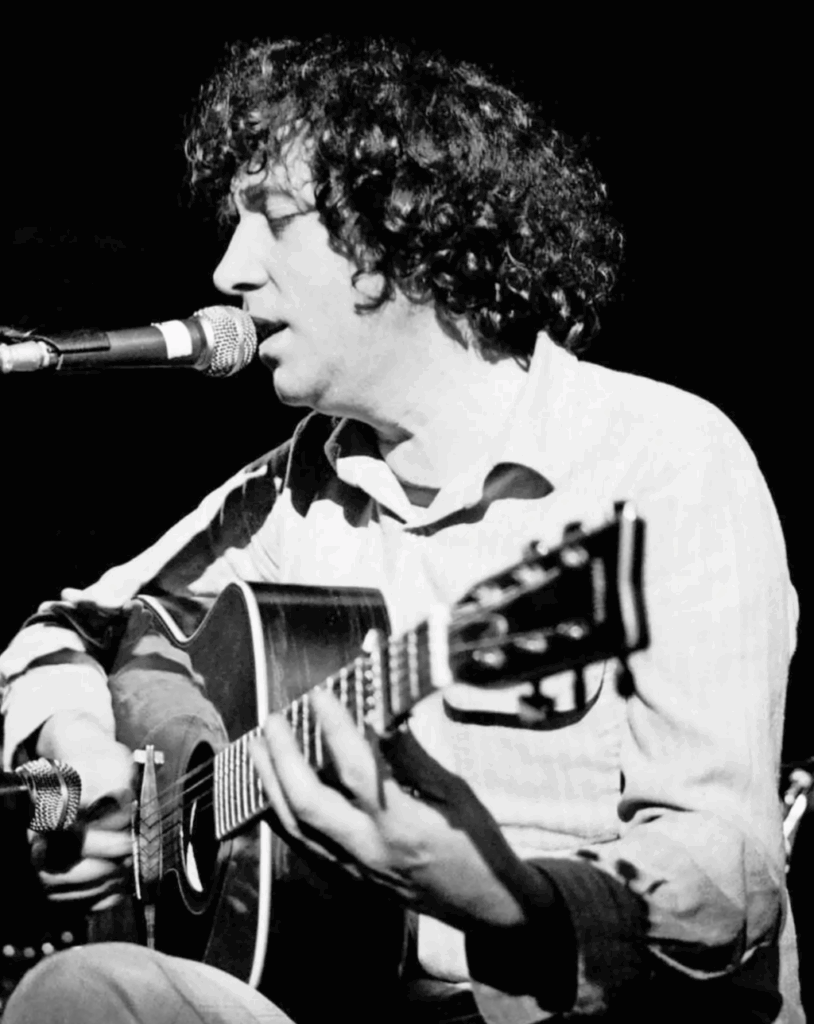Issue #164 – Bert Jansch
BERT JANSCH remains one of the most influential guitarists of all time, his intricate fingerpicking style much imitated but never bettered. He was a founder member of Pentangle, the jazz-folk “supergroup” that transformed the music scene at the end of the ’60s.
JOHNNIE JOHNSTONE takes a deep dive into Jansch’s solo ’70s work – the period in which he would go on to make some of his most memorable music

Because of their success, over time the members of Pentangle had moved from the city into country homes in small rural parishes and by now were living at inconvenient distances from one another. John Renbourn was in Surrey and Jansch in the Sussex village of Ticehurst with his wife of three years, Heather Sewell. Sewell was more accustomed to country living and infinitely more suited to a life of domesticity than her wayfaring husband. For Jansch, the responsibilities involved in balancing his private and public lives made him ill at ease. He liked the country but could not do without the city. He missed the way things used to be, when he could just grab a few pints and chew the fat with friends across the road in the local. Jansch recalled this situation in Comstock Lode fanzine in 1979: “My bohemian existence stopped. [John and I] would often end up after a Pentangle concert at Waterloo station, waiting for our trains at a dossers’ pub called The Hole In The Wall, which sold ale at a shilling a pint. We’d invariably end up talking to these amazing tramps, missing our trains and staying all night.” It was a situation Janch articulated eloquently on ‘When I Get Home’, one of his best contributions to Reflection.
In contrast to Reflection, Bert’s solo outing from ’71, Rosemary Lane, sounds as fresh as the mountain stream, most vividly on opener ‘Tell Me What Is True Love’ with its crystal-clear picking, while songs like ‘A Dream, A Dream, A Dream’ recalled the stark majesty of his ’65 debut. Two compositions were instrumentals. ‘M’Lady Nancy’ and ‘Peregrinations’ and perfectly complemented his interpretations of ‘Alman’ by Robert Johnson (not the haunted blues guitarist, rather a lutenist from Tudor England) and the Italian baroque piece ‘Sarabanda’. Jansch’s biographer Colin Larkin reckons it the finest album of his career. The music press was similarly positive, with Jerry Gilbert of Sounds lauding its “sublime tranquillity which is totally uncompromising”. Around the same time as the album’s release, Jansch undertook his first solo performance since the formation of Pentangle, on 30th June, ’71 at The Royal Festival Hall. His nervy showing (the audio is available on Larkin’s YouTube channel), followed a performance by a heavily pregnant Anne Briggs who had agreed to open the show. Briggs lived nearby to the Jansches and had become a close friend of Heather. After an absence from the public eye of around five or six years, she was by now an almost mythical figure in folk circles and on the verge of releasing her own “comeback” album. Jansch was always an enigma himself, but Briggs’ long-awaited appearance meant he was probably upstaged.
Click here to order issue #164 and read the full article. Subscribe here.

